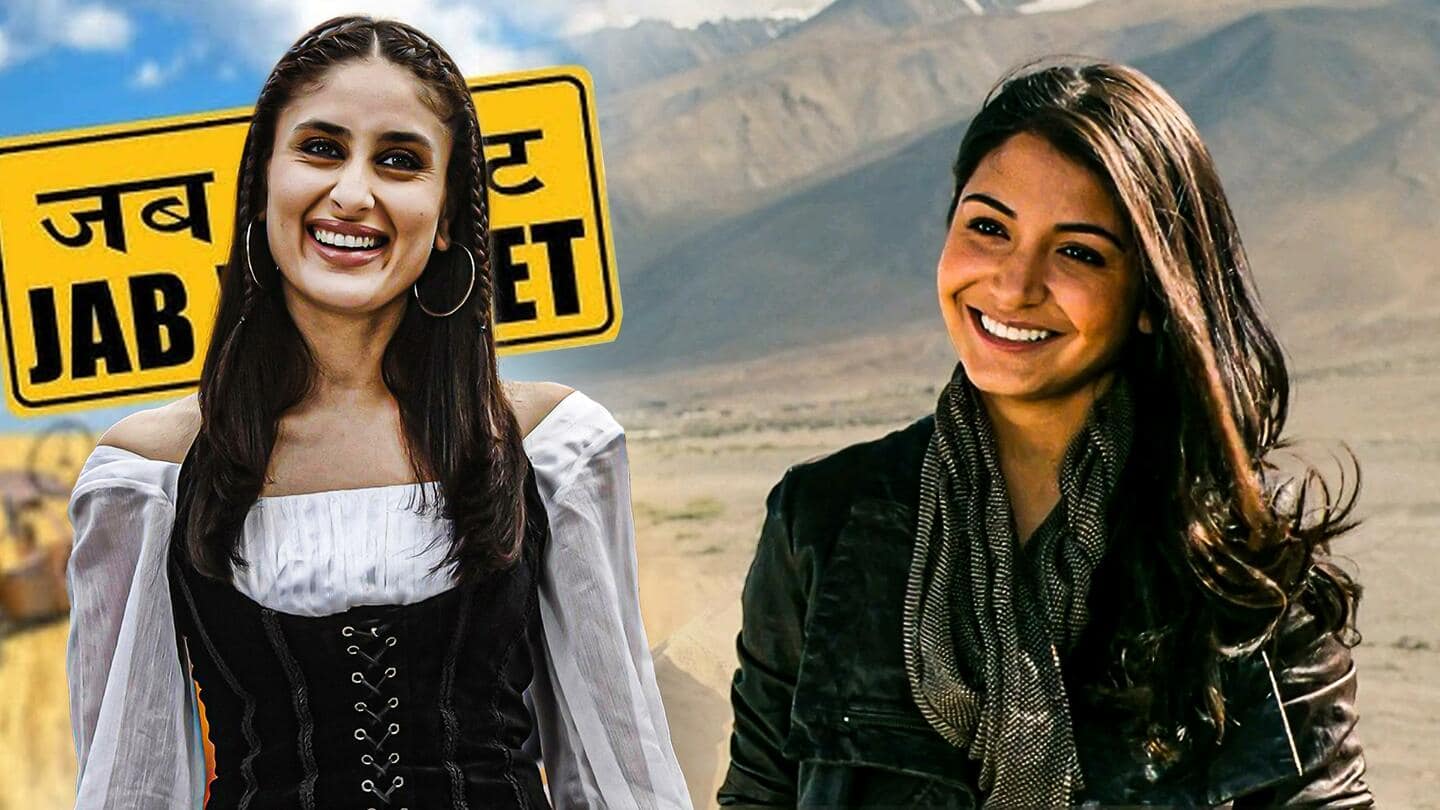
#NewsBytesExplainer: Decoding manic pixie dream girl in films—meaning, examples
What's the story
If you're an avid cinephile, there are optimum chances that you may have come across several manic pixie dream girl characters in films of all genres. Mostly ubiquitous in romance/romantic comedies, they play a key role in "inspiring zeal for life/motivating the male protagonist," and are central to the plot. What do they really mean, and what are some famous examples? Dive in.
Definition, meaning
This is what experts say about the famous trope
Studio Binder describes the manic pixie dream girl as "a type of female character often depicted as a whimsical, quirky, sometimes eccentric, fantasy woman who saves the male protagonist from himself. She aids in his transformation without showing any real agency of her own. She is a vivacious character whose main purpose is to teach the male protagonist that life is worth embracing."
Nomenclature
Nathan Rabin had coined the term
Film critic Nathan Rabin is credited with coining the term while reviewing Elizabethtown. He reportedly said, "The manic pixie dream girl exists in the fevered imaginations of sensitive writer-directors to teach broodingly soulful young men to embrace life and its infinite mysteries and adventures." Some of the earliest examples are Claire Colburn (Kirsten Dunst) in Elizabethtown and Allison (Zooey Deschanel) in Yes Man.
Aspects
What makes a character a manic pixie dream girl?
A manic pixie dream girl is usually vivacious and exuberant, and when she meets the male lead—often far too serious and intense—she takes it upon herself to transform him. Often, this is not a very straightforward approach, and she usually does it without even realizing that her male counterpart is being positively impacted by her. The "transformation" usually occurs in the movie's last act.
Bollywood examples
Bollywood has contributed to the trope massively
Geet (Kareena Kapoor Khan) in Jab We Met, Tara (Deepika Padukone) in Tamasha, Kalpana (Asin Thottumkal) in Ghajini, Laila (Katrina Kaif) in Zindagi Na Milegi Dobara, Heer (Nargis Fakhri) in Rockstar, Akira Rai (Anushka Sharma) in Jab Tak Hai Jaan, Anjali (Kajol) in Kabhi Khushi Kabhie Gham, Basanti (Hema Malini) in Sholay, Aditi (Genelia Deshmukh) from Jaane Tu Ya Jaane Na are some examples.
Criticism
Should the term even exist anymore?
While the term may have been popularized by several Hollywood and Bollywood films, it has also been under the scanner for its sexist approach. It reduces women to a subservient position, considers them suitable only to propel the man ahead personally and professionally, and strips them of agency and individualism. In its pursuit to tell male stories, it eventually ends up muffling female authority.